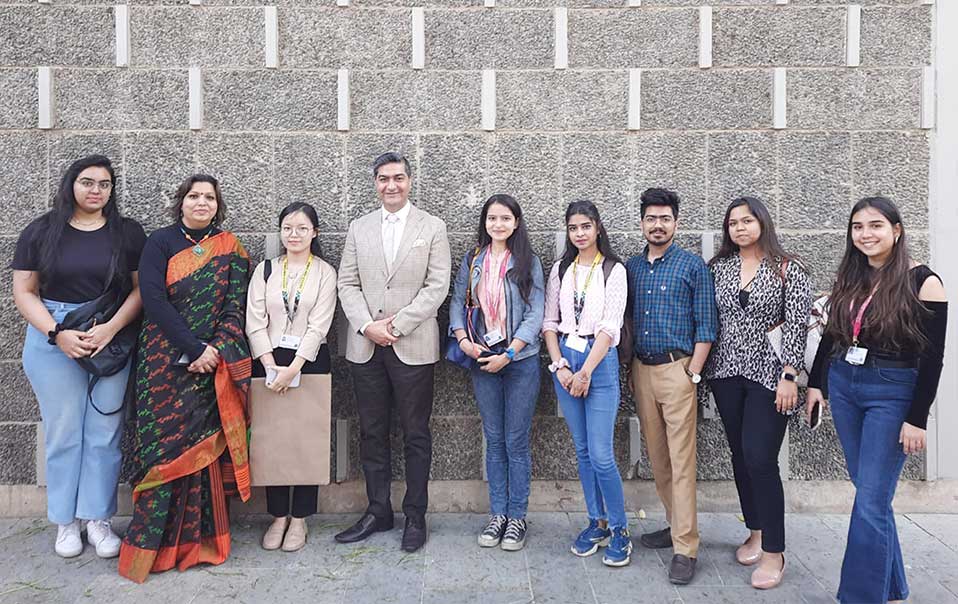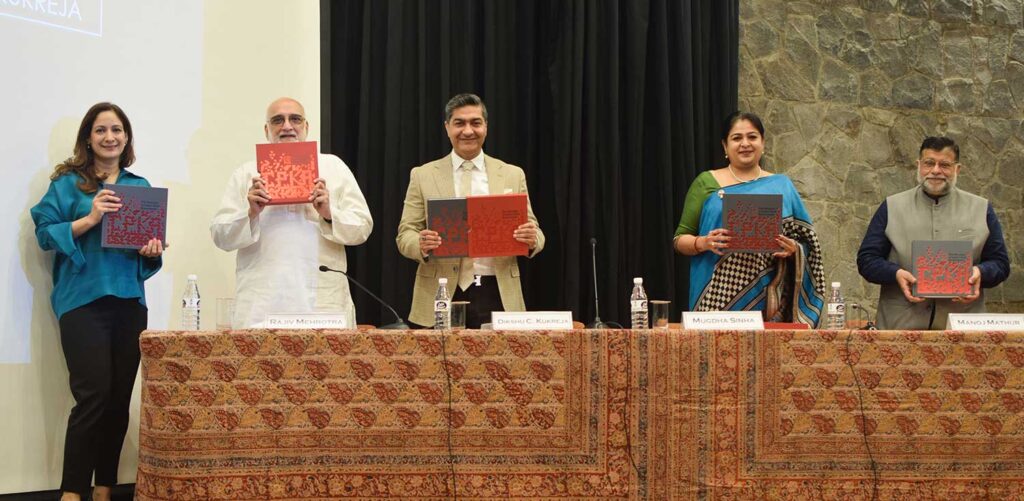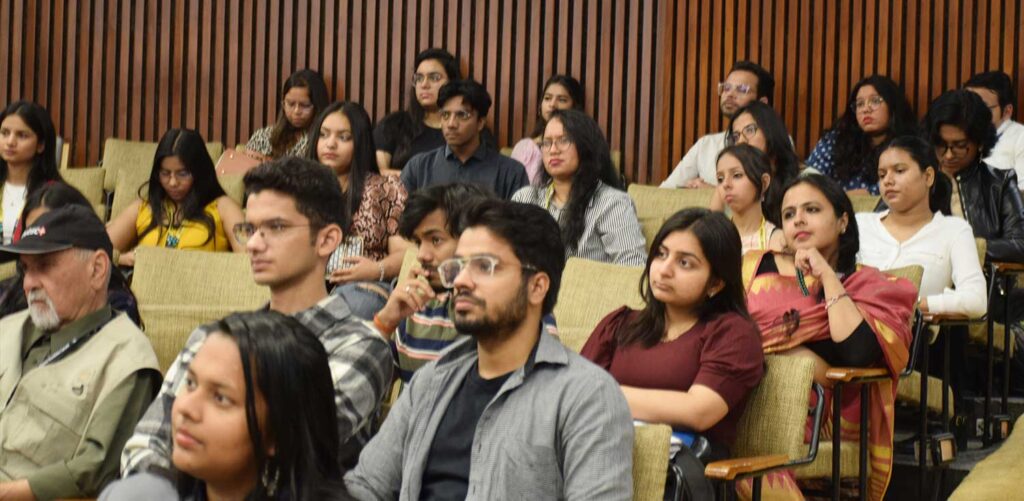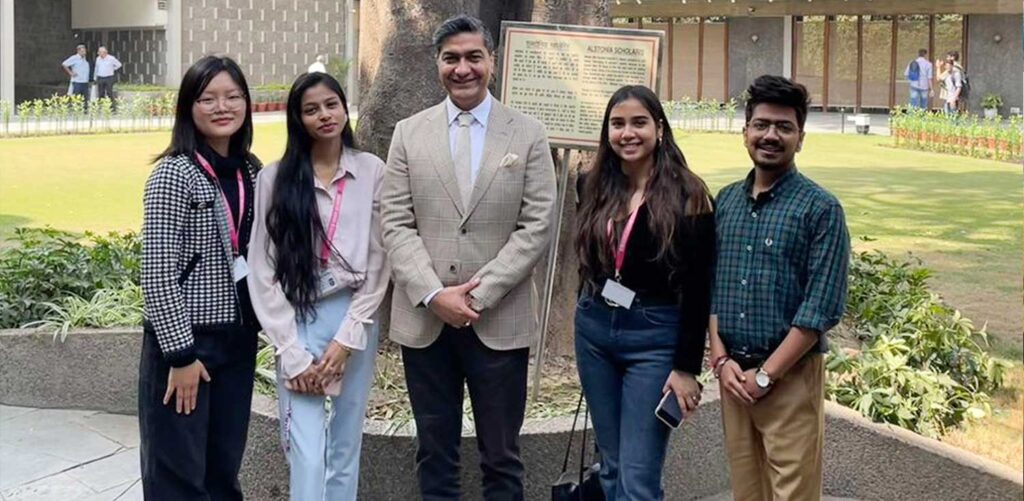

The JD Institute of Fashion Technology’s Interior Design students recently had the opportunity to attend a fantastic book launch event in Haus Khas Village, New Delhi. The occasion marked the publication of the book “Five Decades of India’s Built Environment,” written by famous architect Dikshu Kukreja. This event, which was held at New Delhi’s iconic CD Deshmukh Auditorium of the India International Centre, offered priceless insights into the evolution of India’s architectural sector over time.
In his discussion, Dikshu Kukreja discussed how India has designed its built environment after achieving freedom. He spoke persuasively on the obstacles and assets that have helped the country become a rising global force. The merging of contemporary designs, styles, technology, and urban sustainability practises, which have profoundly changed India’s architectural landscape, was highlighted by Kukreja.
“Five Decades of India’s Built Environment” showcases both historical and modern design industry reforms in addition to being a tribute to India’s architectural development. The book honours the important part that CP Kukreja Architects, New Delhi, played in forming the country’s infrastructure over the course of five decades.

An interesting panel discussion with prominent figures from several fields of expertise followed the book launch. The talk was conducted by Rajiv Malhotra, a writer and the Foundation for Universal Responsibility’s secretary. The panellists comprised Ar. Dikshu Kukreja as well as Smt. Mugdha Sinha, IAS, Joint Secretary, Ministry of Culture, Government of India, and Prof. Manoj Mathur, Professor at the School of Planning and Architecture, New Delhi.
The panel discussed the idea of incorporating architectural sensibilities into basic education as opposed to just professional education. Dikshu Kukreja shared his conviction that current clients are becoming more conscious of the value of tradition and climate-responsive designs. He brought up the encouraging development of millennials and the government conversing about tradition, functionality, and design, indicating a bright future.

Prof. Manoj Mathur discussed his observations on how anticulture studies are influencing the nation’s viewpoint. The idea of architecture’s function in society is being redefined by this expanding field, which is also promoting cultural appreciation and preservation.
Ms. Mugdha Sinha emphasised the importance of civic responsibility as well as government initiatives in both rural and urban architectural development. She emphasised the necessity for designs that are community-focused, inclusive of all societal groups, and sustainable.

The JD Institute students were actively interested in the event, and they eagerly participated in the Q&A session. They furthered their grasp of India’s built environment by their youthful and inquisitive inquiries, which gave a lively element to the conversation.
The students of JD Institute came away from the book launch event for “Five Decades of India’s Built Environment” with a stronger understanding of the difficulties and advantages of India’s architectural landscape. It emphasised the necessity to blend traditional and climate-responsive designs, underscoring the significance of enhanced knowledge and sensitivity towards our structures. We are seeing a movement towards more Indianized designs, as Dikshu Kukreja succinctly put it, with both millennials and the government realising the importance of practicality and design—an hopeful indication for the future.
With group photos and grins reflecting the joyous atmosphere and inspiration created by this association of architectural brains, the event came to a happy conclusion. The next generation of designers and architects can learn priceless lessons from such occasions and help to mould India’s built environment in a way that is more culturally based and sustainable.